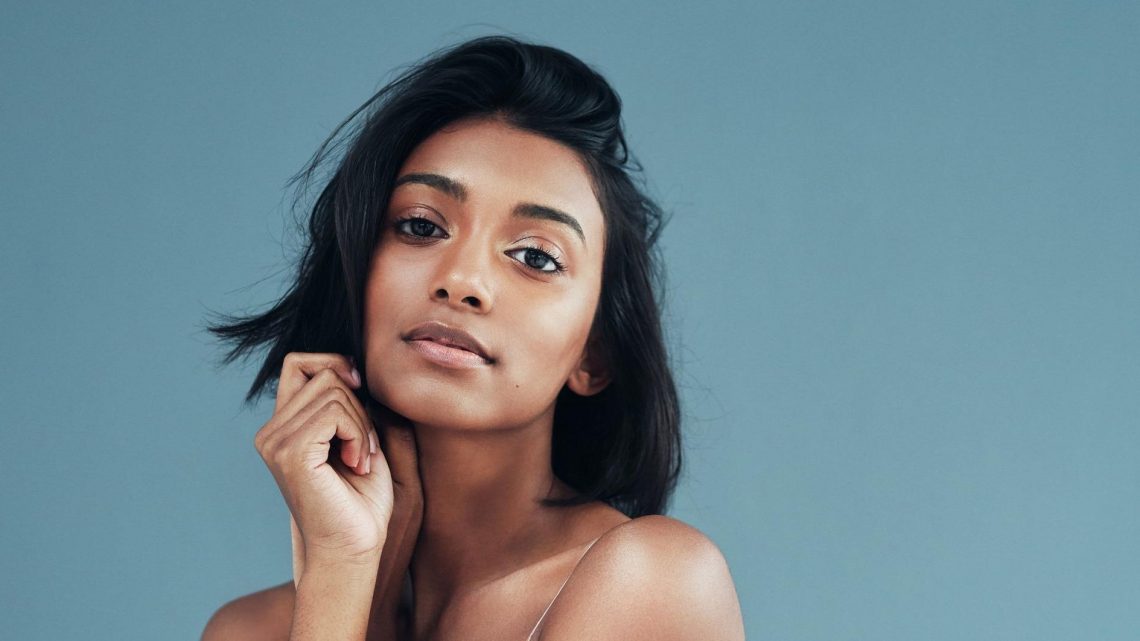
Fascinating Beauty Secrets From Indian Women
06/18/2021One of the biggest realizations in western beauty in recent years has undoubtedly been the swaths of inspiration we can draw from the Far East—from ancient skincare traditions to innovative new technologies and everything in between. But while much of the focus has been on the 10-step skincare routines of Korea and the long list of incredible ingredients used by Japanese beauty brands, there’s another Asian culture whose practices have been influencing beauty and health around the world for centuries: that of India.
There, beauty rituals are built upon thousands of years of history and tradition and have been lovingly passed down from generation to generation. “An Indian home is generational, and in any home, you learn by watching,” says Juhi Ash, a wellness and health guru and the founder of New York’s Juhi Ash Center. “As a child, I was shown simplicity and routine when it comes to beauty by my mother and grandmother, who used ancient Ayurvedic traditions.” The roughly 7000-year-old holistic healing system, which in Sanskrit means “the science of life,” is based on the notion that optimal health and wellness rest within a delicate balance of mind, body, and spirit, and its philosophy has likewise shaped every facet of Indian beauty.
A holistic approach.
“In its holistic approach to life, there is no separation between mind, body, and soul, and equal emphasis on all three is the path to contentment,” notes Ash. “We look to factors like nutrition, yoga, and meditation to decrease levels of stress, which as I imagine you have noticed, can show up on your face.” It’s there that lies the major difference between the Western and Eastern approaches to beauty, the wellness guru believes: “the difference between hurry-up and slow-down.”
In Ayurveda, beauty really does go more than skin-deep, and its ‘less is more’ ideology extends to all aspects of life, from what you eat to how many hours of sleep you get every night. “Beauty starts from the inside, and from a young age, you’re taught to eat certain foods that help with skin and hair health, for better digestion,” explains Kiku Chaudhuri, cofounder of Ayurvedic haircare brand Shaz & Kiks. “Using the power of plants, herbal extracts, and plant-based oils to nourish your outer body is also foundational in taking care of yourself.”
Rooted in nature.
The beloved (and increasingly trendy) ingredient turmeric, for instance, has long been used in Indian cuisine for its anti-inflammatory qualities, but it can help brighten the skin and fight hyperpigmentation as well. Similarly, popular cooking oils, like coconut and amla, are often used in haircare to maintain scalp health and lock in moisture, and rosewater is known to be a softening and brightening toner for skin. “There are so many great secrets in Indian beauty, and they’re all derived from natural and Ayurvedic traditions,” says Live Tinted founder Deepica Mutyala. “I use oils and turmeric products in my skincare routine regularly.”
And it is this sense of tradition, in fact, that is the one true common thread to all of Indian beauty. “It is not monolithic,” Mutyala notes. “India is diverse—there are 22 official languages!—and it’s that cultural diversity that makes it so unique. Women across India express beauty in so many different ways, but usually, they are guided by their learned traditions.”
Also at play in Indian beauty practices is the inextricable link to nature that has marked the country’s history. “Indian culture has traditionally been so intertwined with nature that many popular beauty descriptions and phrases are comparisons to things in nature that you can find in ancient historical texts but are also still popular today,” Chaudhuri points out. “Common phrases in songs, poems, and literature compare a beautiful woman’s face to the moon, her eyes to lotus petals, and long dark hair to the night. Our culture is so old and goes back so many thousands of years, but it’s interesting to see how certain beauty ideals have carried through the centuries.”
Evolving beauty ideals.
Yet, it would be impossible to discuss the relationship between Indian history and beauty without acknowledging the outside factors of colonization and their impacts. “In India, as in many parts of Asia, Eurocentric beauty standards are still prevalent, and porcelain skin is often considered more ‘beautiful,’ Mutyala says, noting that historically, this has a lot to do with the British colonization of India, which began in the 1600s. “In western beauty standards, tan skin is considered beautiful or ‘exotic,’ while in the East, porcelain skin, which isn’t representative of the majority of India, is the definition of beauty.” This understanding of skin tone remains so pervasive in Indian culture that it even shaped the Live Tinted founder’s childhood in Houston, Texas. “While all my friends were out tanning, I was running away from the sun because of everything that I was told,” she recalls. “However, there is now a bigger movement, which I am proud to be a part of, that promotes self-love and acceptance. Although history has embedded a standard of skin tone that the majority of Indians do not have, I believe we are well on the path to breaking that standard.”
While many Indian women (and men) still boast many beauty rituals that have yet to be embraced by western culture, many of the principles that have defined Indian beauty for centuries have now been adopted around the world. “There’s a lot less difference these days, with globalization and a bigger western influence,” explains Shaz Chaudhuri, Kiku’s sister and cofounder of Shaz & Kiks. The holistic approach that has long been synonymous with Ayurveda has been absorbed by western beauty, where there is new emphasis on beauty from within and the connection between inner and outer wellness, and many specific Indian practices, like facial massage, and the use of coconut oil on skin and hair, are now mainstream. “We are fortunate to live in a time when Eastern and Western knowledge can intermingle,” Ash says. “How beautiful is that?”
Source: Read Full Article

